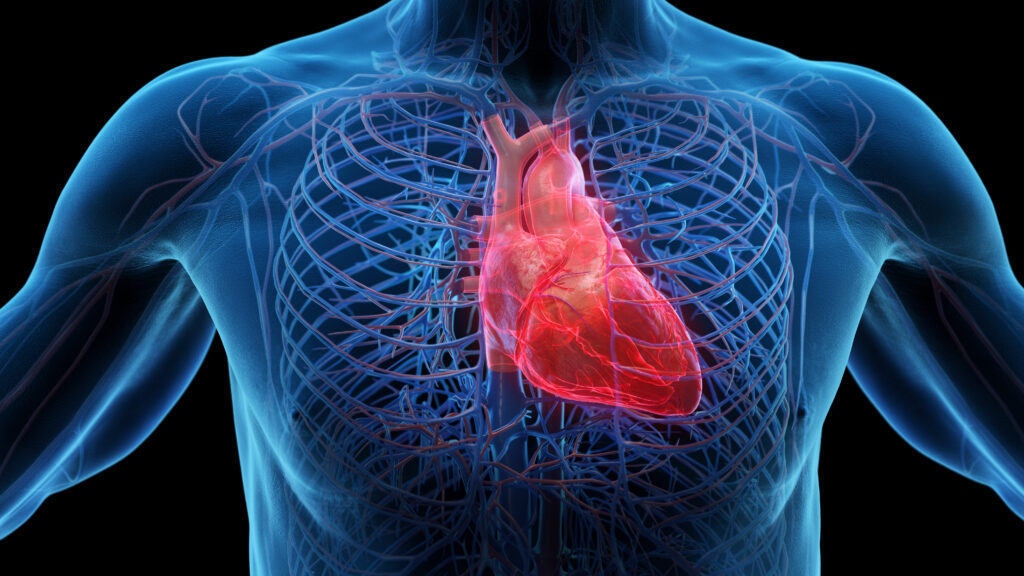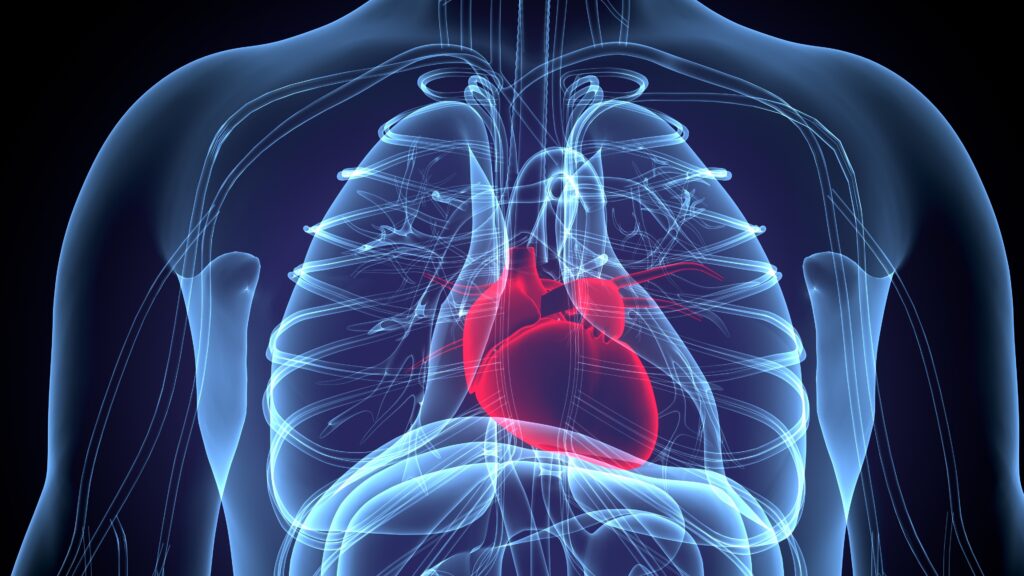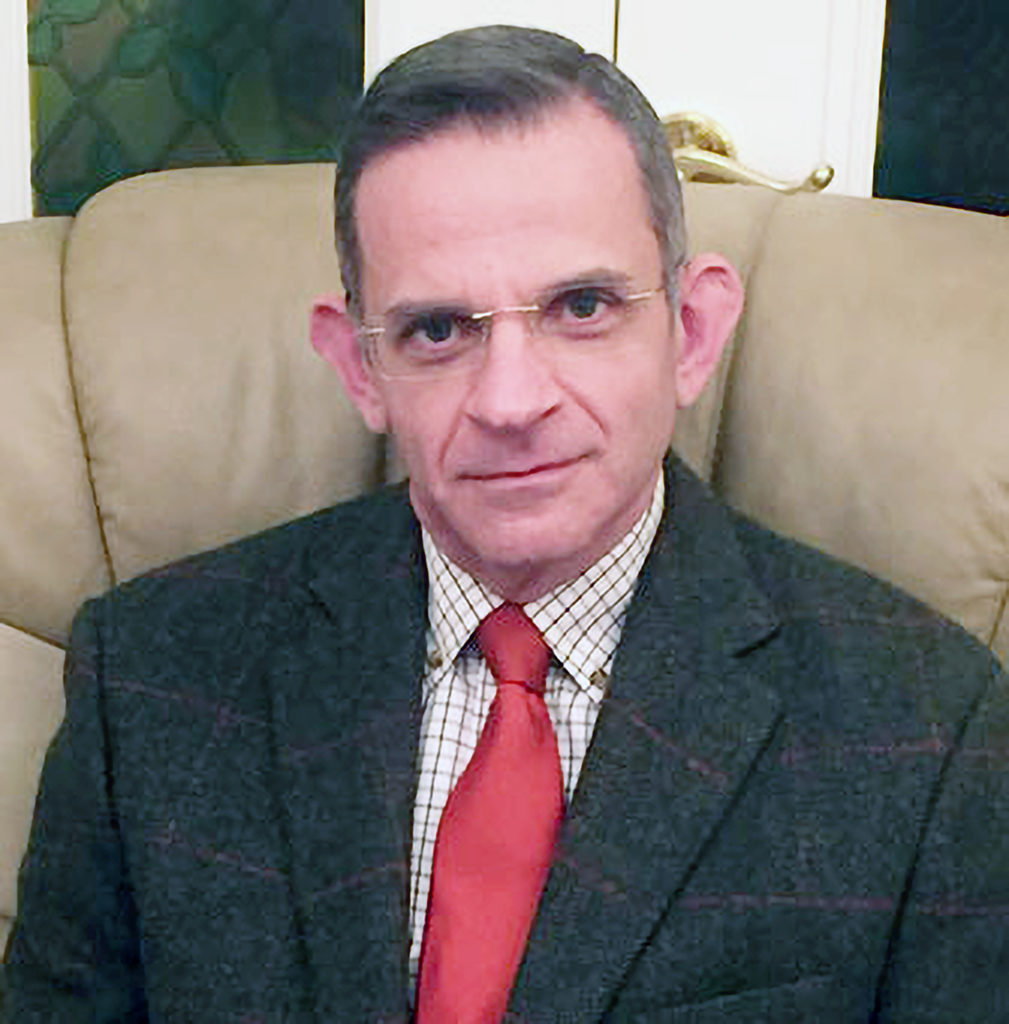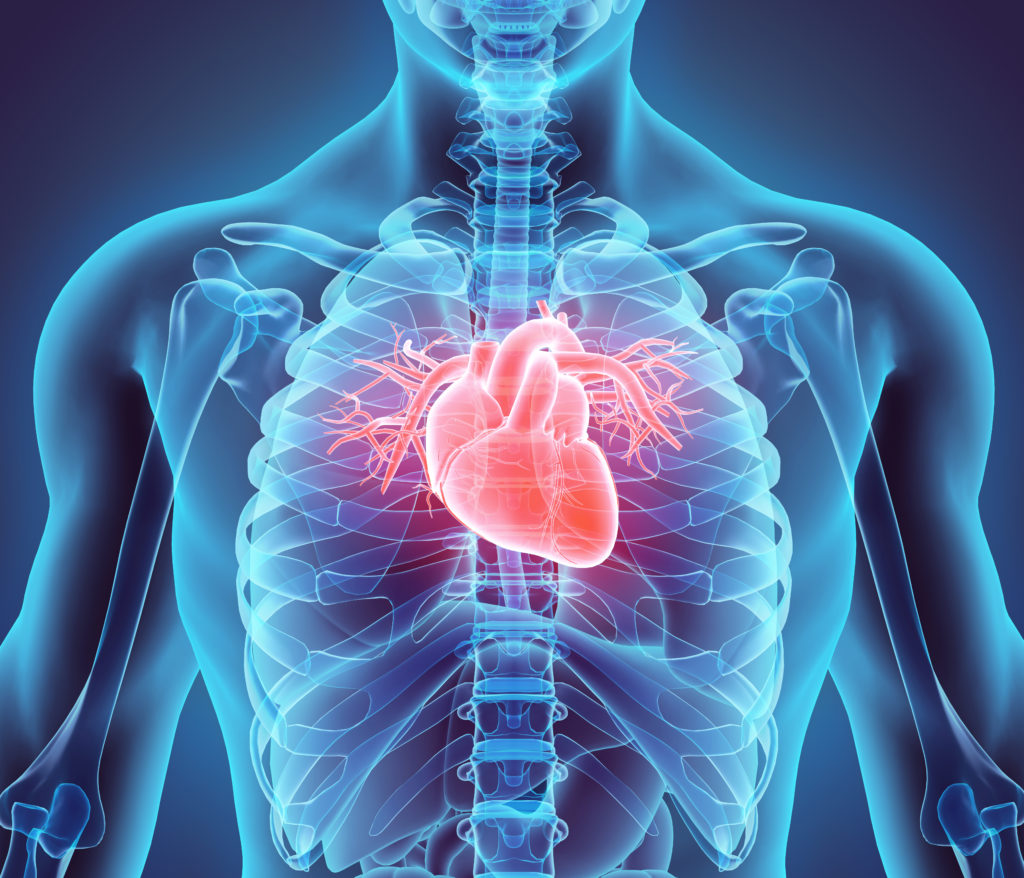Introduction: Nonagenarians are under-represented in clinical trials of cardiac implantable electronic devices (CIEDs). Complete heart block (CHB) is a time-critical emergency and, particularly in elderly patients, the absence of test results or a comprehensive medical history can challenge operator decision-making, especially when permanent pacing is preferred. In patients over 90 years of age undergoing emergency CIED implant for CHB, we examined the prognostic value of data available from bedside examination and focussed echocardiogram alone.
Methods: Data were extracted for the period 2016-2019. Bedside covariates were age, sex, previous cardiac surgery, atrial rhythm, LV systolic function, syncope at presentation, and QRS duration. Cox-proportional hazards regression examined associations with mortality (adjusted HR, 95% CI).
Results: 232 patients were included (age 94.1 ± 3.3 years, 50.2% male, dual chamber device implanted: 71.9%, single chamber: 26.4%, CRT: 1.7%). Mortality was 13.8% at 90 days and 27.2% at 27.1 ± 16.7 months. The independent predictors of mortality were pre-procedural QRS duration >130 ms (HR 2.4 (1.4-4.1) p=0.001), age (HR 1.07 (1.02-1.15) p=0.004) and AF (HR 2.0 (1.1-3.6) p=0.02). Sex, syncope at presentation, LV function or previous cardiac surgery were not associated with patient mortality (all p>0.1). In 196 patients without AF, 84.7% were implanted with dual chamber pacemakers; this was associated with an adjusted survival benefit versus single chamber pacing (HR 0.38 (0.25-0.56) p<0.001) despite two atrial lead re-interventions in the dual chamber group.
Conclusions: Nonagenarians undergoing emergency CIED implant have a reasonable prognosis. Data ascertained at the bedside can help predict survival; in the absence of AF, dual chamber pacing may confer a mortality benefit, however this association requires further investigation.















